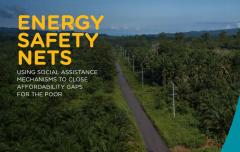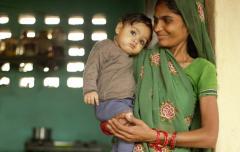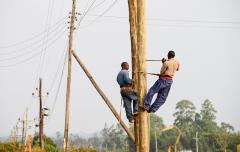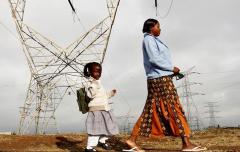Energy Safety Nets: A Guide for Policymakers
This practical guide for policymakers, development financiers and the international community is based on experience with Energy Safety Nets in six countries (Brazil, Ghana, India, Indonesia, Kenya and Mexico).
Energy Safety Net is an umbrella term for government-led approaches to support very poor and vulnerable people to access essential modern energy services, defined as electricity and clean fuels and technologies for cooking, by closing the affordability gap between market prices and what poor customers can afford to pay.
The principle of "leave no one behind," which is inherent to the Sustainable Development Goals, means that even the poorest and most disadvantaged people in the world should have access to modern energy services.
Energy Safety Nets can make physical access (i.e., connections) to electricity or clean fuels affordable or they can make the unit price of electricity or fuel affordable to consume. Energy Safety Nets include some form of targeting or eligibility criteria to ensure that benefits accrue to those who need them.






